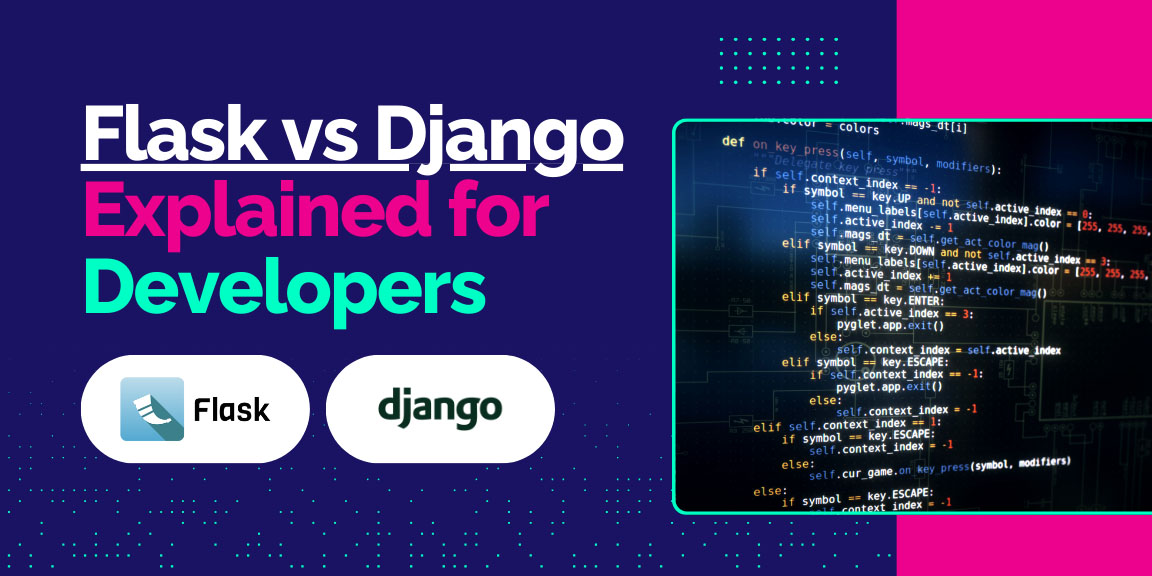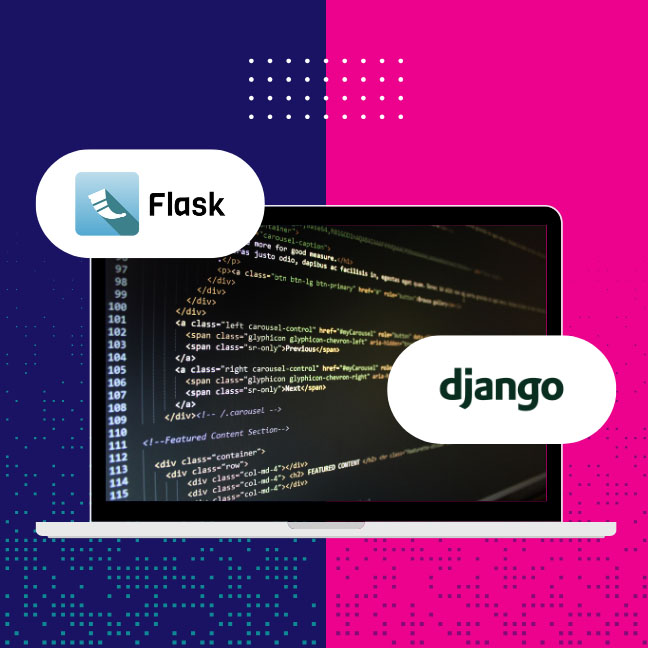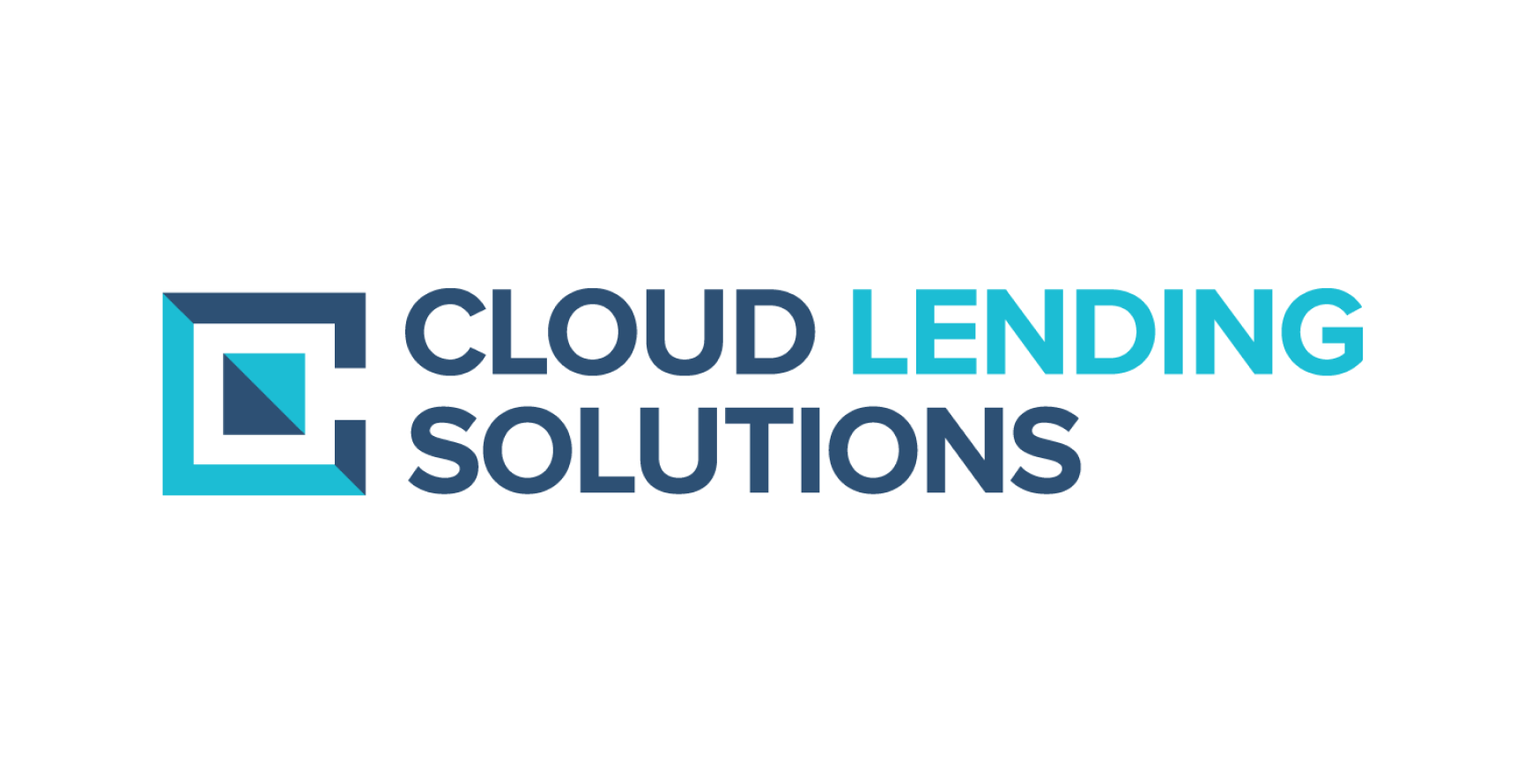Software Development, zBlog
Flask vs Django Explained: Performance, Flexibility, and Scalability Compared
Team Trantor | Updated: August 26, 2025
Flask vs Django remains one of the most important choices for anyone serious about web development in Python. Both frameworks empower businesses and innovators, but each brings a different philosophy and toolkit to the table. To choose wisely, you need an honest, up-to-date understanding of how Flask and Django compare in performance, flexibility, scalability, and developer experience—and how these differences affect your long-term ROI and digital ambitions.
Introduction: Why the Right Framework Matters
In a digital world where user experience and infrastructure resilience mean everything, the debate of Flask vs Django is far from academic. The right Python web framework impacts everything: from how quickly you launch your MVP, to how smoothly your team collaborates and how confidently you can scale to thousands—or millions—of users. This guide dives deep into Flask vs Django, ensuring you have expert context, technical insight, and practical advice all in one place.
Understanding Flask

Flask is a micro web framework designed to give you maximum control and flexibility. Loved by developers for its minimalist philosophy, Flask provides only the core components to get started, letting you add features through extensions as your project grows. There’s no enforced structure, so you’re free to organise your application your way.
Key benefits of Flask:
- Lightweight and fast for small-scale apps or microservices
- Ideal for custom integrations and specialised workflows
- Minimal “magic”—what you see is what you get
- Popular with agile teams who value experimentation and fast iteration
Flask is often chosen when projects start small but require flexibility to pivot as ideas evolve or when integrating with cutting-edge technologies and APIs.
Understanding Django

Django is a high-level, all-in-one web framework that brings order, security, and robustness to complex projects. With its “batteries included” approach, Django arms developers with authentication, admin dashboards, an ORM, templating, and production-grade security measures straight out of the box.
Django stands out for:
- Comprehensive features, ready to use from the outset
- Strict conventions for consistency across large teams
- Strong protection against security vulnerabilities by default
- Excellent scalability for enterprise or high-traffic systems
Enterprises and scale-ups consistently rely on Django for platforms that demand reliability, fast deployment of new features, and rigorous long-term maintainability.
Flask vs Django: Performance
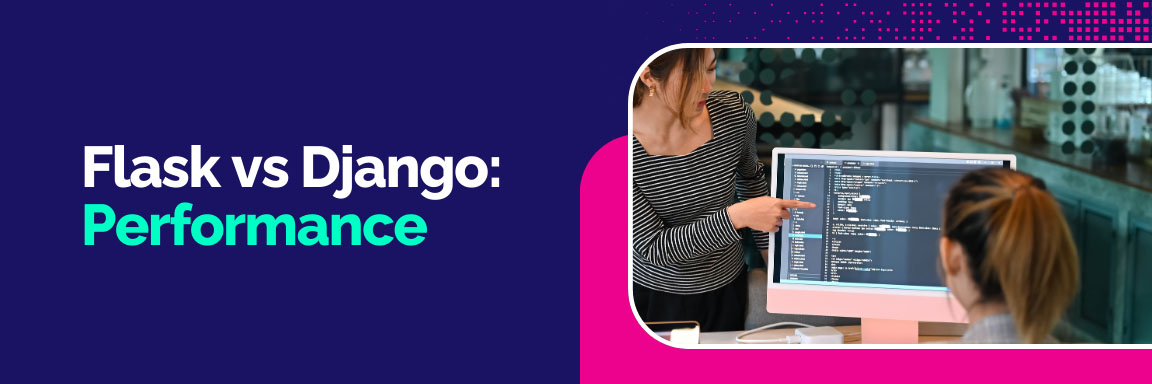
The discussion around “Flask vs Django performance” often highlights the contrasting philosophies of each framework.
Flask generally provides speed advantages in basic apps, APIs, and lean projects because it doesn’t load unnecessary modules. This provides a fast start-up, quick development cycles, and snappy response times in resource-constrained deployments.
Django is finely tuned for large data operations and complex workflows, and its performance keeps up even as the platform scales. Efficiency gains come from advanced ORM optimisations and robust middleware. In modern Python environments, both frameworks now support asynchronous operations, closing the gap for high-concurrency applications.
Summary:
Choose Flask for fast performance in simple projects. Django’s performance is outstanding for large-scale, complex, or multi-user environments.
Flask vs Django: Flexibility
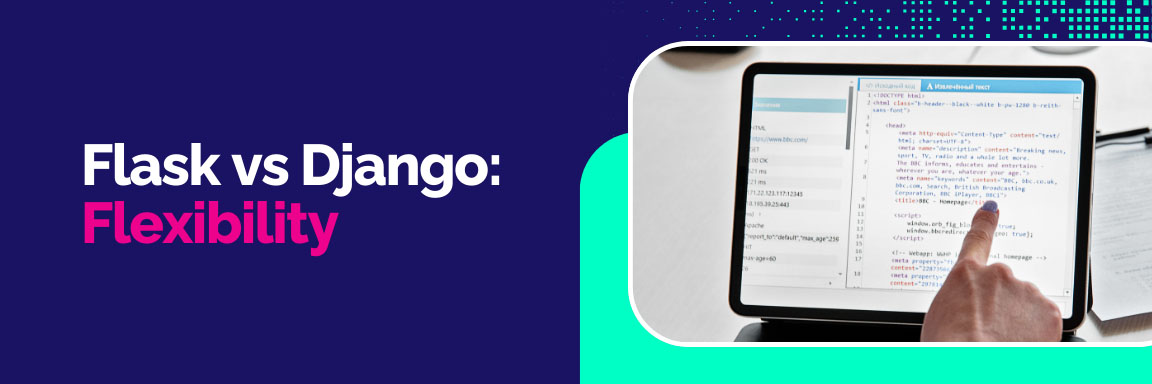
Flexibility is where Flask truly shines. Developers control nearly every aspect of the stack, choosing custom folder structures, picking or discarding plug-ins, and integrating with any database or third-party service as needed. Flask doesn’t assume how your project should work—you define that yourself.
Django enforces a proven, consistent architecture. While this may initially seem restrictive, Django’s structure makes projects more maintainable, supports clear workflows, and ensures every developer on the team follows the same conventions.
Summary:
Flask offers unmatched flexibility and is perfect for rapid experimentation, particularly in API-heavy projects where understanding API vs Web Service distinctions is critical. Django brings stability, best practices, and ease of onboarding for larger teams and enterprises
Flask vs Django: Scalability
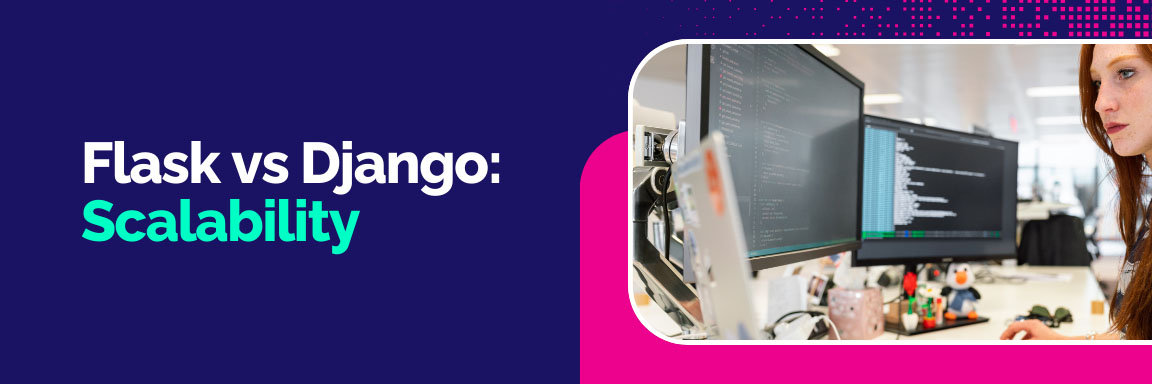
Scalability is essential for any application expected to grow. Both Flask and Django can scale, but their scaling journeys are different.
With Flask, scaling is manual and modular. You select the tools for caching, task queues, and load balancing based on your architecture. This microservices-friendly design is advantageous for advanced teams with DevOps expertise.
Django is designed to handle growth right out of the box. Its ORM, caching, middleware, and clustering capabilities enable fast adaptation to sudden spikes in traffic or user base. Django supports horizontal and vertical scaling with minimal friction.
Summary:
Use Flask when building standalone services or scaling horizontally with flexibility. Choose Django for seamless expansion and proven enterprise scaling, aligning closely with modern Enterprise Process Automation strategies.
Flask vs Django: Security

Django is security-first by default. It includes everything from CSRF and XSS protection, to SQL injection defences, strong authentication protocols, and frequent security updates. For compliant or sensitive systems, Django often sets the industry benchmark.
Flask allows for bespoke security design. While you can reach strong protection with extensions and careful configuration, responsibility for staying on top of threats is on your team.
Summary:
For projects where risk and compliance matter, Django is the safer choice. Flask is best when a custom, streamlined security model is needed and regularly managed.
Flask vs Django: Learning Curve and Developer Productivity
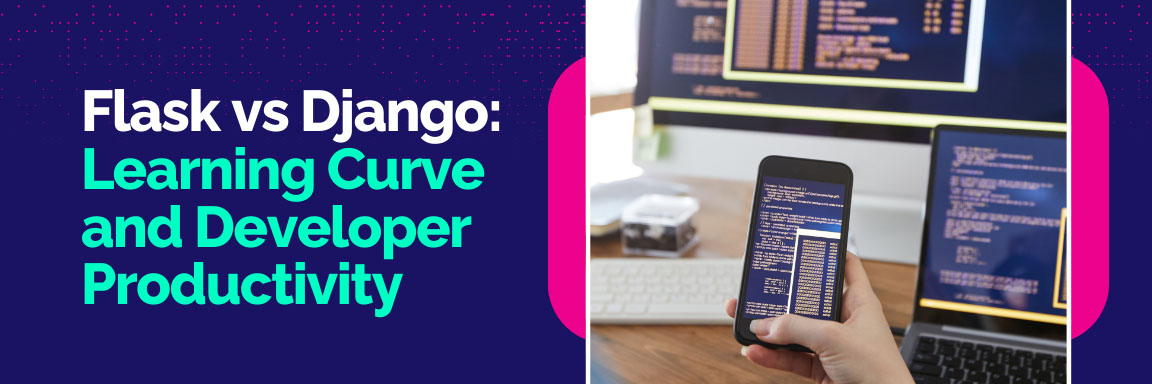
Flask is known for its fast learning curve—perfect for beginners and solo developers. A simple app can be up and running in a few lines of code, with documentation that encourages discovery and exploration.
Django requires more up-front learning, as you adopt its conventions and toolsets. Yet, the investment pays off over time: it simplifies growth, reduces technical debt, and ensures teams build maintainable platforms effortlessly.
Summary:
For small projects or proof-of-concepts, Flask brings instant productivity. As teams, features, and requirements multiply, Django delivers greater long-term efficiency.
Community and Documentation
Django boasts one of the largest, most mature communities in the Python world. Its resources, frequent updates, and extensive plugin ecosystem make it ideal for both business-critical support and onboarding new talent.
Flask’s community, while smaller, is known for collaboration and quick adoption of the latest web trends. Tutorials, extension libraries, and experimental tools abound, making Flask a breeding ground for innovation.
Summary:
If long-term reliability and workforce onboarding matter, Django is the leader. For cutting-edge technologies or rapid prototyping, Flask’s active and nimble community will support you every step.
When to Choose Flask vs Django
Choose Flask when:
- Your application is an API, microservice, or rapid prototype
- You need maximum customisation and minimal bloat
- Flexibility and small-size deployments are business priorities
Choose Django when:
- Your platform is large, feature-rich, or enterprise-focused
- Compliance, built-in admin, and security are required from day one
- Multiple developers will work together over the project’s life
Modern Development Trends
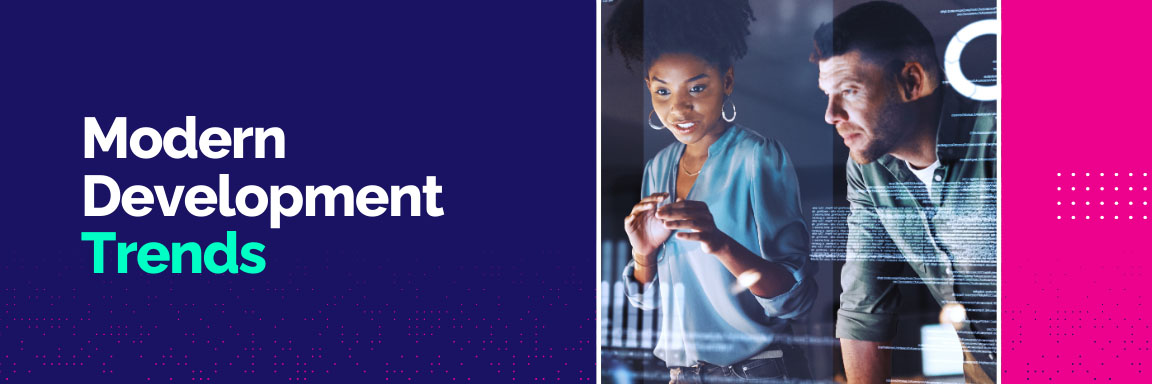
- Flask powers API-first, serverless, and microservice architectures where agility is everything.
- Django dominates enterprise fields, content management, ecommerce, and platforms facing complex regulatory and scaling needs.
- Both frameworks now offer asynchronous capabilities and integrate smoothly with CI/CD, container orchestration, and cloud deployments.
The technology landscape continues to change rapidly, but Flask vs Django is still the most relevant dichotomy for organisations focused on Python development in 2025.
Frequently Asked Questions (FAQs)
What is the primary difference between Flask and Django?
Flask is minimal and flexible, letting you decide on every feature and structure. Django is comprehensive, offering nearly everything out-of-the-box for fast, structured development.
Which framework performs better: Flask or Django?
Flask is faster for simple or lightweight apps, but Django is optimised for large-scale projects and multi-user systems.
Is Flask easier to learn than Django?
Yes, Flask offers a simpler starting point. Django requires more learning but delivers greater returns for bigger, longer-term projects.
Which framework is more secure?
Django comes with secure defaults and constant updates. Flask can be made just as secure, but you must choose and maintain security extensions yourself.
Which should I choose for modern web projects?
Choose Flask for microservices, APIs, or bespoke integrations. Choose Django for robust, secure, enterprise-grade applications.
Featured Summary: Flask vs Django
Flask is the top choice when flexibility, speed, and minimalism matter. Django is unrivalled for comprehensive features, security, and long-term team productivity. Both have strong communities and can power some of the world’s most demanding digital products—it all comes down to your project needs, scale, and vision.
Conclusion
Selecting the right web framework is a pivotal decision that affects not only your launch timeline but also security, stability, and your ability to innovate. Flask offers freedom and agility, making it perfect for custom-built services and rapid deployment. Django brings enterprise-level robustness, security, and scalability, ideal for businesses poised for growth.
At Trantor, we have deep expertise in both Flask and Django, helping companies of every size launch, scale, and secure their most important Python-powered initiatives. Whether you need an agile MVP or a resilient, feature-rich platform, our team is here to guide you from strategy through execution.

